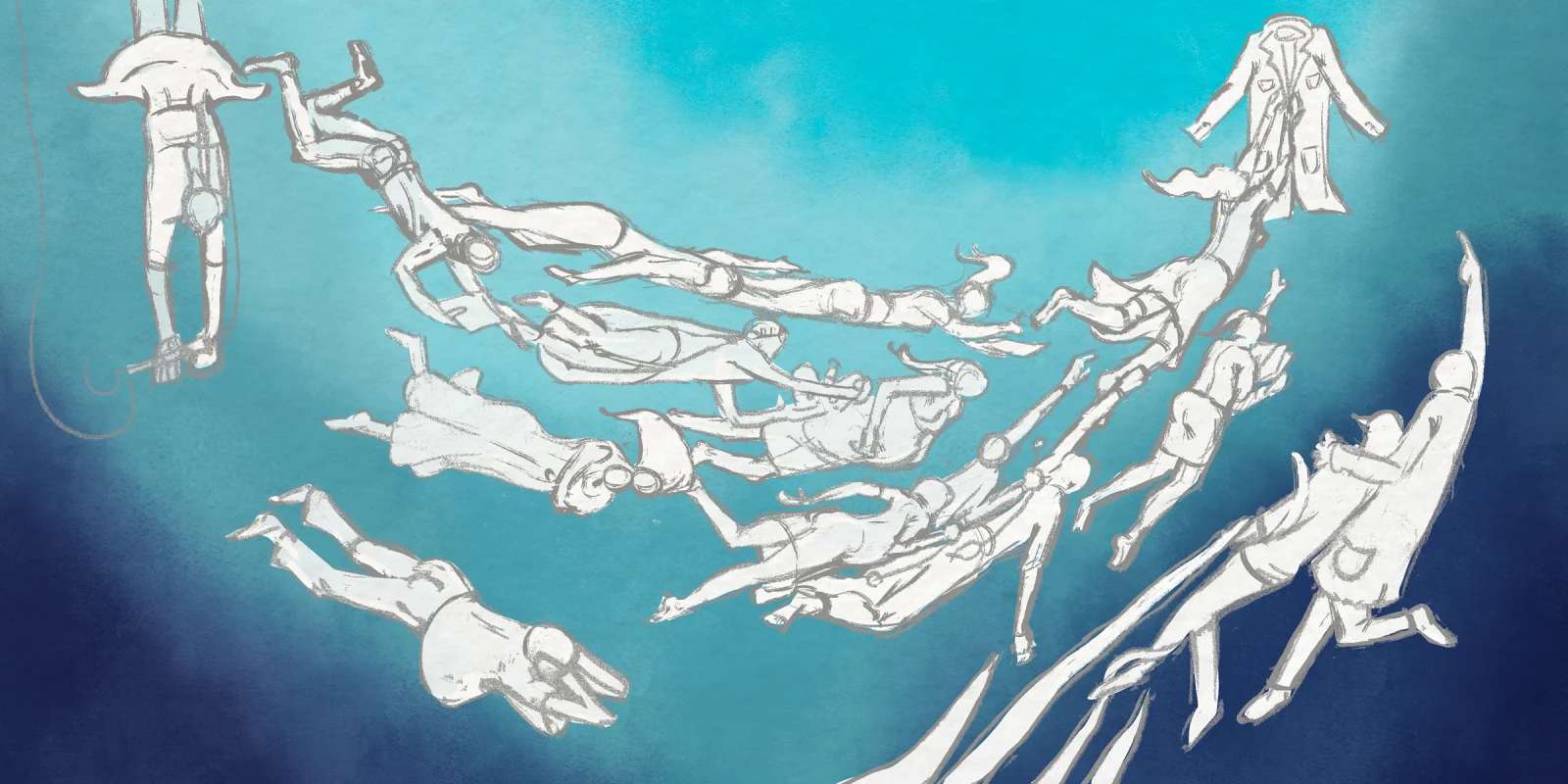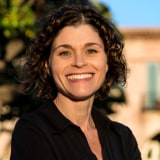While of late the college admissions process has been under scrutiny for a lack of transparency, medical school admissions are arguably even more opaque: Poor communication, lack of clarity about selection criteria, and required supplementary applications that generate income for schools create a chaotic process, leading to applicant anxiety. Whereas student mental health should be a priority — and the need for competent and compassionate physicians is critical — the medical school admissions process is falling short.
Last cycle, over 52,000 brave candidates applied to medical school, with just under 23,000 matriculating. The arduous process includes primary applications, letters of recommendation, supplemental essays, and interviews — all after years of surrendering to biology, chemistry, and physics coursework. Because the process is so competitive, the institutions have the upper hand.
I applied to medical school in 1991. Over 30 years later, I’m still waiting to hear back from one institution. As a medical school admissions advisor, I have seen 17 years’ worth of students wallow in frustration about poor communication. Some still complain about being “ghosted” by schools or never being notified about their waitlist determinations. Alternatively, communication with applicants might exist but be delayed. Because there’s no explicit timeline for interview invitations, students may not know for months whether they’ve successfully progressed in a school’s admissions process.
In theory, medical schools offer candidates updates through admissions portals, but the labels “application complete — ready for review” versus “application complete — awaiting review” don’t offer students clear expectations. When communication does come, it can be chaotic: One strong applicant I mentored received two rejection letters from the same institution a couple of weeks apart in June, right before the start of the academic year. (He’s currently excelling at another medical school.)
Furthermore, what admissions committees use for selection criteria can be difficult to determine. While strong grades and robust patient experience are critical, institutions have distinct preferences about other aspects of medical student candidacies.
The MCAT provides an example: Unlike college standardized testing, when a premedical student takes the MCAT more than once, all of their scores are visible to medical school admissions committees. If a student takes the MCAT twice, how are the scores evaluated? Some institutions look only at the top score, others assess the average, and some judge the most recent. One admissions officer told me that her institution doesn’t really weigh the MCAT at all. Because many medical schools aren’t transparent about their approach to the exam, students chatter on online forums trying to guess what their goalposts should be.
Arguably, the most egregious factor in medical school admissions is supplemental applications, or “secondaries.” Once a medical school candidate submits their primary application, the AAMC processes it and forwards it to the student’s selected medical schools. Those institutions then send mandatory secondaries to candidates. In addition to the initial application fee, students can pay over $100 per institution to submit these secondaries, and if they don’t, they relinquish the opportunity to continue in the admissions process at those schools.
Because they’re financially incentivized to distribute as many secondaries as possible, some institutions don’t heavily screen students’ primary applications before sending out these expensive, mandatory secondaries. In fact, some schools explicitly acknowledge that they don’t screen at all, noting that candidates are not evaluated until a secondary application has been submitted — or even that receiving a secondary doesn’t indicate that a candidate has met the school’s basic requirements. Although it does no screening of primary applications, one prestigious medical school charges students a nonrefundable payment of $130 to submit a secondary application and proceed with the admissions process.
Medical schools can argue that secondaries are critical to fair admissions because they include essays that afford students an opportunity to further showcase their accomplishments, address deficiencies in their candidacies, and highlight their diverse backgrounds. The latter element is especially relevant after the recent Supreme Court Affirmative Action ruling. However, the cost for students to relay this information can be prohibitively high since premedical candidates submit an average of 18 applications each, and while there may be a legitimate need for additional information about a candidacy, not all schools even make the effort to include essay prompts in their pricey secondary applications.
Although the medical school admissions process is defective, it can be repaired. For one, institutions could commit to transparency in their schedules. Instead of leaving applicants to wait without any idea if or when they might hear from institutions, medical schools could provide a timeline for students, starting from the date that each candidate’s primary application processing is complete. If medical institutions did so, and committed to adhering to those public schedules, the process would be less anxiety-producing.
Along those lines, medical schools could commit to being clear about their selection criteria. Of note, schools’ median MCAT scores are available through the AAMC. However, if students don’t know which or how many MCAT scores are evaluated, the published information has limited value. Furthermore, there are other aspects of the application whose weighted import is vague — like letters of recommendation, essays, and extracurriculars.
A final, large-scale improvement in the process would be for medical schools to send out a realistic number of reasonably priced secondary applications after heavily screening candidates. This tactic would be financially disadvantageous to the institutions, so they would need to prioritize students over revenue. At the very least, individual schools could self-report the percentage of applicants completing secondaries who eventually earn acceptance. In doing so, students could weigh where they should target their resources. Not only would this tactic be fairer to applicants, but it would also decrease the workload of admissions committees and therefore help with staffing shortages. In this way, candidates could be treated with individual attention and courtesy.
Because most applicants will not be accepted, medical schools have the upper hand in admissions. Consequently, only they can transform the process into a kinder one for the future professionals in their own field, offering a whole new meaning to “Physician, Heal Thyself.”
What do you think should be done to improve the medical school admissions process? Share in the comments.
Michelle Finkel is an emergency physician and founder of Insider Medical Admissions, a medical school and residency admissions advising company.
Illustration by Jennifer Bogartz







